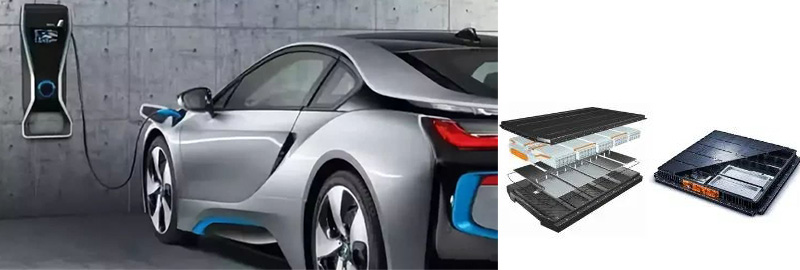In November 2022, global electric vehicle sales continued to increase by double-digit year-on-year (46%), with electric vehicle sales accounting for 18% of the overall global automotive market, with the market share of pure electric vehicles growing to 13%.
There is no doubt that electrification has become the development direction of the global automotive industry. In the global trend of explosive growth of new energy vehicles, the composite materials for electric vehicle battery boxes have also ushered in great development opportunities, and major automobile companies have also put forward higher requirements for the technology and performance of composite materials for electric vehicle battery boxes.
Chambers for high-voltage electric vehicle battery systems need to balance a number of complex requirements. First, they must provide long-term mechanical properties, including torsional and flexural stiffness, to carry heavy cells over the life of the pack while protecting them from corrosion, stone impact, dust and moisture ingress, and electrolyte leakage. In some cases, the battery case also needs to be able to protect against electrostatic discharge and EMI/RFI from nearby systems.
Second, in the event of a crash, the case must protect the battery system from shattering, puncturing, or short circuiting due to water/moisture ingress. Third, the EV battery system must help keep each individual cell within the desired thermal operating range during charging/discharging in all types of weather. In the event of a fire, they must also keep the battery pack out of contact with the flames for as long as possible, while protecting the vehicle occupants from the heat and flames generated by thermal runaway within the battery pack. There are also challenges such as the impact of weight on driving range, the impact of cell stacking tolerances on installation space, manufacturing costs, maintainability and end-of-life recycling.
Post time: Jan-18-2023







